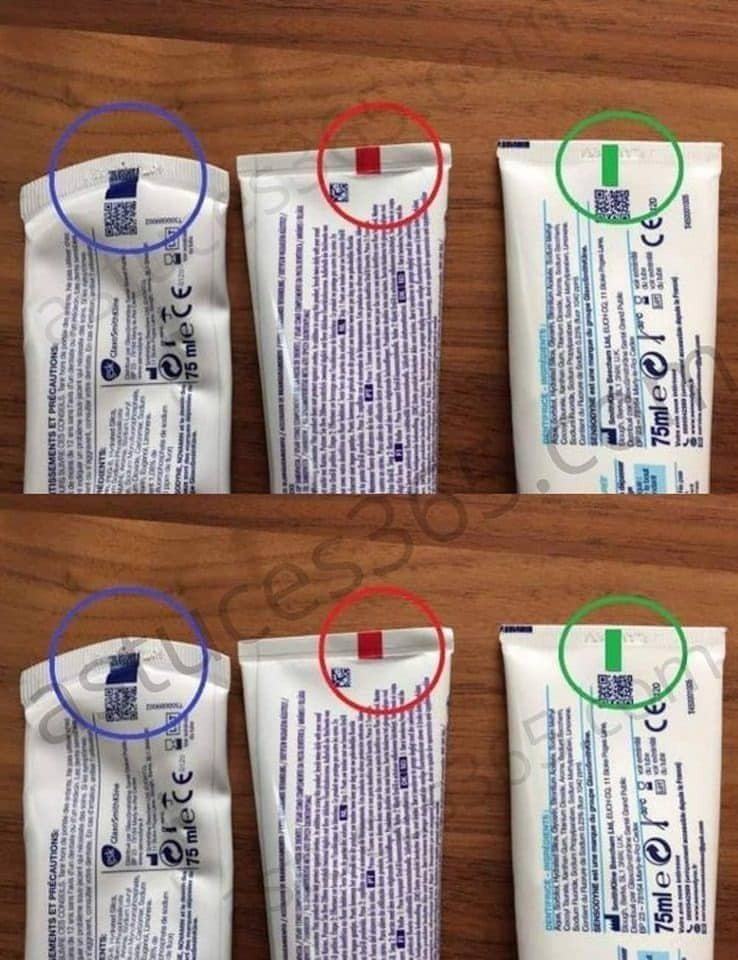ADVERTISEMENT
Different colors may be used to improve contrast with the background design, but they’re not standardized across brands or products.
So, don’t judge a toothpaste by its tail-end color—the color doesn’t reflect its safety, naturalness, or chemical composition.
🧴 Want to Know What’s Actually in Your Toothpaste?
Skip the myths and check the ingredients list on the back or side of the box. Here are some common terms you’ll see:
- Fluoride: Helps prevent cavities
- Sodium lauryl sulfate (SLS): A foaming agent
- Hydrated silica: Mild abrasive to clean teeth
- Xylitol: A natural sweetener that may help prevent bacteria buildup
- Essential oils or herbal extracts: Found in “natural” toothpastes
📌 Pro Tip: If you want natural toothpaste, look for certifications (like USDA Organic) or clear labeling rather than relying on the tube color.
🕵️♂️ So Why the Confusion?
It’s one of those urban legends that feels true and spreads easily online. People love discovering “hidden meanings,” especially in everyday products. But in reality, this is just one of those cases where the internet ran with an idea that sounded cool—even if it wasn’t accurate.
🦷 Final Thoughts
That little colored square on your toothpaste tube? It’s not a secret code—it’s a practical printing mark for packaging machines.
While it may be fun to imagine it’s a “toxic vs. natural” guide, the only place to find that information is on the ingredients list. So next time someone mentions the color of the mark, you’ll know: it’s not about the formula, it’s about the factory.
Have you heard this myth before? Or have any other product mysteries you want solved? Let us know below! 👇🪥
